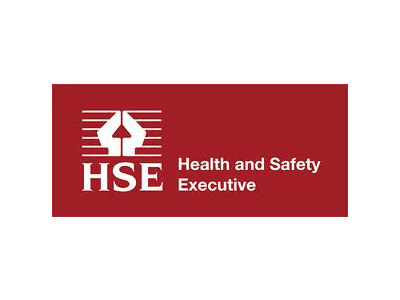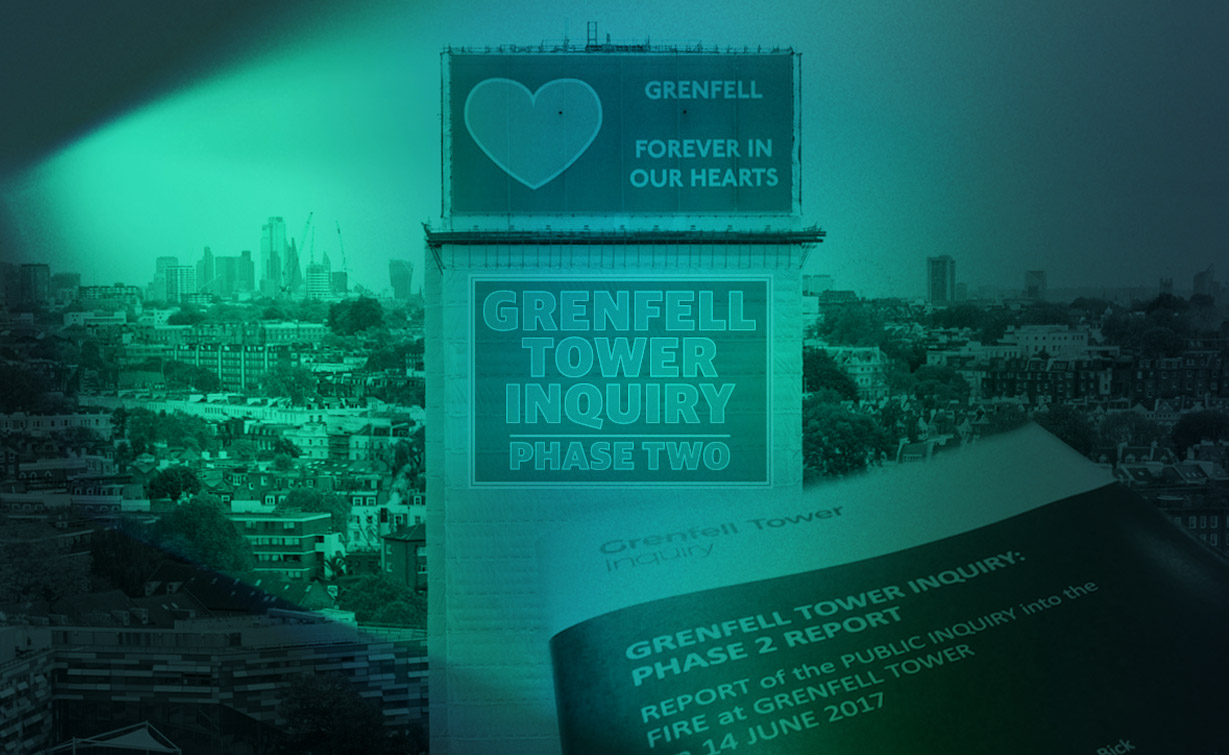February 7, 2024
Guidance for the Fire and Rescue Service on assurance checks in new build higher risk buildings
From our colleagues at Barbour EHS.
Independent fire consultants, C.S. Todd and Associates, has been appointed by the National Fire Chiefs Council, to produce draft guidance for Fire and Rescue Service conducting assurance checks in new build Higher Risk Buildings, addressing key fire safety measures and enhancing public safety.
The draft guidance aims to assist the Fire and Rescue Service (FRS) in their new role, as part of the multi-disciplinary team that will assist the Building Safety Regulator (“BSR”) in assurance checks of new build Higher Risk Buildings, prior to occupation.
The Guide is intended purely for internal use by the FRS.
It will be illegal to occupy a new HRB unless a completion certificate has been issued by the BSR. For the purpose of issuing a completion certificate, the BSR will generally require that the completed building is inspected by the multi-disciplinary team.
The FRS will need to obtain assurance, by means of reasonable sampling and enquiry, that, as far as can reasonably be ascertained, there is compliance with the fire strategy for the building and The Building Regulations.
The scope of the guidance will include higher risk blocks of flats and student residences of at least 18 metres in height or at least seven storeys.
It will address eleven key fire safety measures that are considered by NFCC to be critical to the safety of residents and firefighters. These measures comprise:
- Fire detection and alarm systems.
- Automatic door release mechanisms.
- Smoke control systems, including smoke curtains.
- Automatic fire suppression systems.
- Dry rising mains and wet rising mains.
- Evacuation lifts.
- Firefighters lifts.
- Evacuation alert systems.
- Secure information boxes.
- Wayfinding signage.
- Emergency voice communication systems.
In the guide, each system or equipment is explained; common, known weaknesses and non-compliances, in respect of which the FRS should be alert, are identified to assist the FRS with the sampling process. These weaknesses are exemplified by practical pitfalls, in which common or hypothetical errors that could be identified within the assurance checks are discussed.
Recommendations will be provided for practical enquiries and tests in relation to each system or equipment to the extent necessary to provide assurance to the public that the building is safe in the event of fire.
FIA
January 2024






